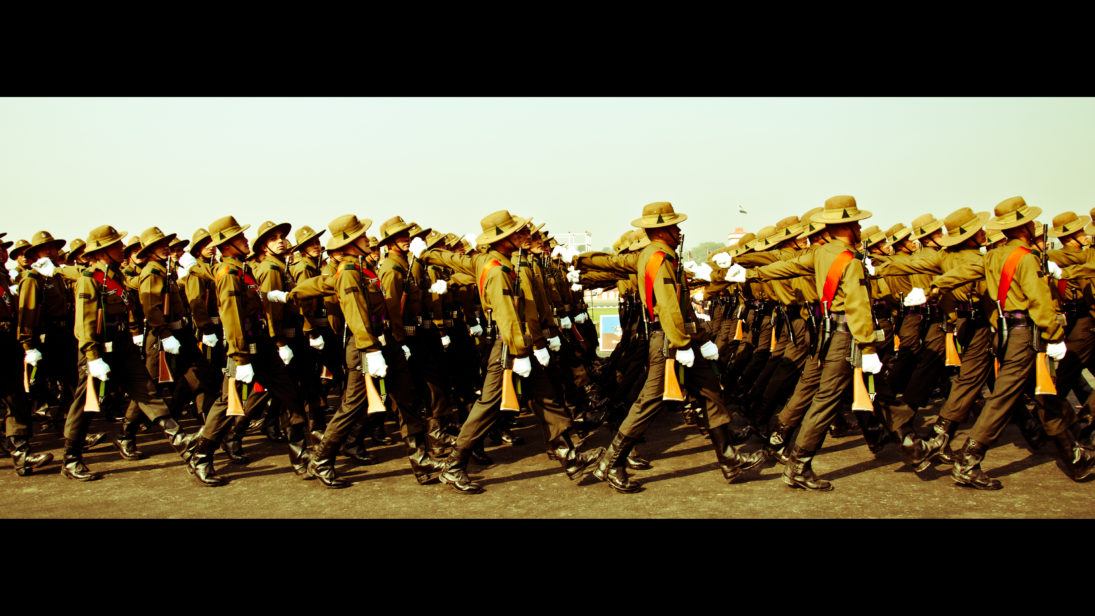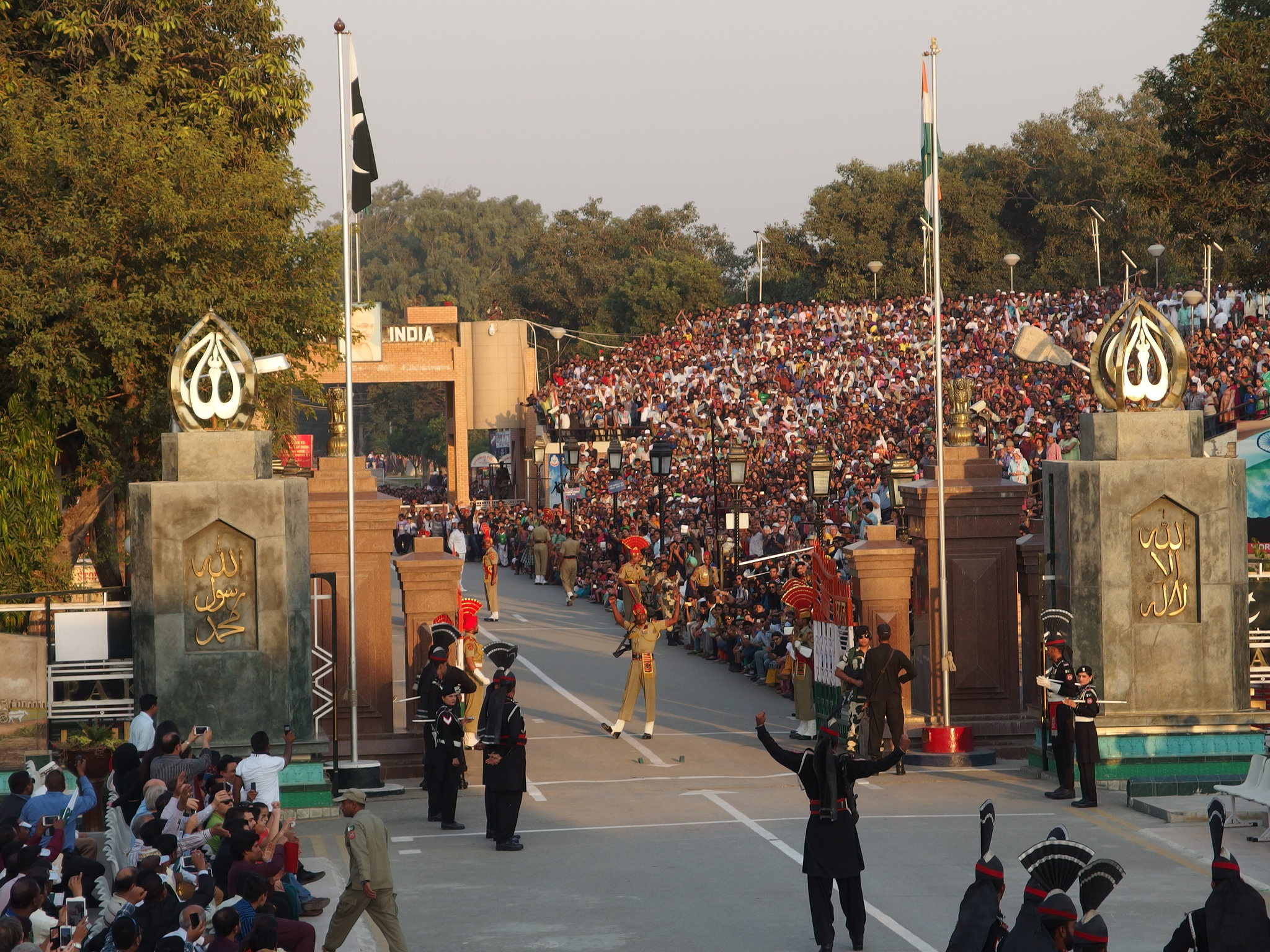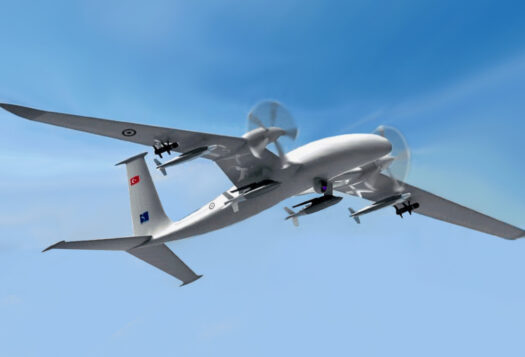
Introduction
In a recent interview, the new Indian Army Chief General Bipin Rawat stated that “the Cold Start doctrine exists for conventional military operations.” This is the first instance of a senior military official confirming the existence of the doctrine, understandably leading to debates about whether India has brought back the Cold Start doctrine, which was introduced in the aftermath of the 2001 Parliament attacks and created some amount of controversy. What are the implications of this statement? Does it have the deep strategic implications that it is being touted to have? Or is this just another “flash in the pan” statement that is meant to rustle feathers, but not do much else?
The Cold Start doctrine is not a new concept. It arose out of the failure of the Indian Army to mobilize rapidly in the prolonged, and ultimately ineffective, Operation Parakram in 2001-02. The limited war doctrine envisaged quick mobilization of eight integrated battle groups for multiple offensives. The goal was to maintain the ability to (1) inflict significant attrition on enemy forces, (2) retain Pakistani territory for use as a bargaining chip, and (3) avoid triggering a Pakistani nuclear response. The basic tenets of this doctrine can be traced to General Krishnaswamy Sundarji’s writings from a decade earlier, which evolved into being called “Proactive Military Operations.” While this name is certainly less controversial, the two doctrines had the same objectives at heart.
Utility of the Doctrine
The current Cold Start debate raises two important questions: has this strategy been useful for Indian defense policy or posturing? And, is it a doctrine that can be used? The answer to both is no. The Cold Start doctrine and the hype that surrounded it in the aftermath of Operation Parakram led to fairly destabilizing developments on the subcontinent. The most important of these developments was that Pakistan developed a strategy of “full spectrum deterrence” in response, and introduced the tactical nuclear missile, Hatf-IX (Nasr). It was also during this time that Pakistan developed its nuclear-capable Babur cruise missile with a range of around 750 km and the nuclear-capable Ra’ad air-launched cruise missile with a range of 350 km. Pakistan’s goal was to signal that Indian military action taken under the nuclear threshold could be met with nuclear retaliation. In other words, nuclear weapons were meant to deter Indian conventional action.
The critical test of the Cold Start doctrine was after the Mumbai attacks on November 26, 2008. Though it was created for exactly this scenario where a major terror attack coming from Pakistan would be punished with the sudden and decisive use of Indian military force, the Cold Start doctrine was not used. In the end, the punitive options that the Cold Start doctrine offered were not viable. There was no way of ensuring that a conventional ingress by India into Pakistani territory would not be met with the use of battlefield nuclear weapons, a concern that remains to this day.
This account leads to a few conclusions. First, while General Rawat’s discussion of Cold Start is the first time that an army chief has openly stated that the doctrine exists, its existence has been widely discussed and written about by scholars and decision-makers. Thus, the “shock value” of the statement is quite minimal. Secondly, and perhaps more importantly, Pakistan has no reason to worry about the General’s statement. It has known about Cold Start for the better part of two decades and has taken steps to deter its deployment. Arguably, in this regard the lowering of the nuclear threshold by Pakistan has been a largely successful venture as it has time and again been able to deter punitive Indian military action in response to terror attacks.

Strategic Implications
While the recent statement on Cold Start does not mark any deep strategic shift in Indian military thinking and should not cause alarm in Pakistan, there is a salience that the statement has in the post “surgical strike” era. If anything, General Rawat’s comments, while not particularly revelatory, do reinforce the Indian government’s new policy of responding to any Pakistani transgression with the use of military force. Regardless, it would be a mistake to conflate the “surgical strikes” that India conducted on September 29, 2016 with the application of the Cold Start doctrine. The latter, consisting of the movement of eight integrated battle groups in three strike formations into Pakistani territory, would not be a low-level punitive strike on irregular forces along the Line of Control; it would be an act of war.
Finally, when the Indian army chief states that Cold Start is for conventional military operations, it is important to remember that it takes two to tango. There are two actors which influence the escalatory ladder and determine whether hostilities remain conventional or not. In this regard, it would behoove the Indian armed forces to consider a conventional war-fighting doctrine that can in fact be used someday without dragging the region into a nuclear exchange. As things stand, the Cold Start doctrine has shown very little promise in this regard.
Editor’s note: In this two-part series, SAV contributors reflect on the salience of Indian army chief General Bipin Rawat’s recent acknowledgement of the Cold Start doctrine and what it means with regard to India’s strategy vis a vis Pakistan. Read the entire series here.
Click here to read this article in Hindi
***
Image 1: Flickr, Jaskirat Singh Bawa
Image 2: Flickr, Guilhem Vellut


